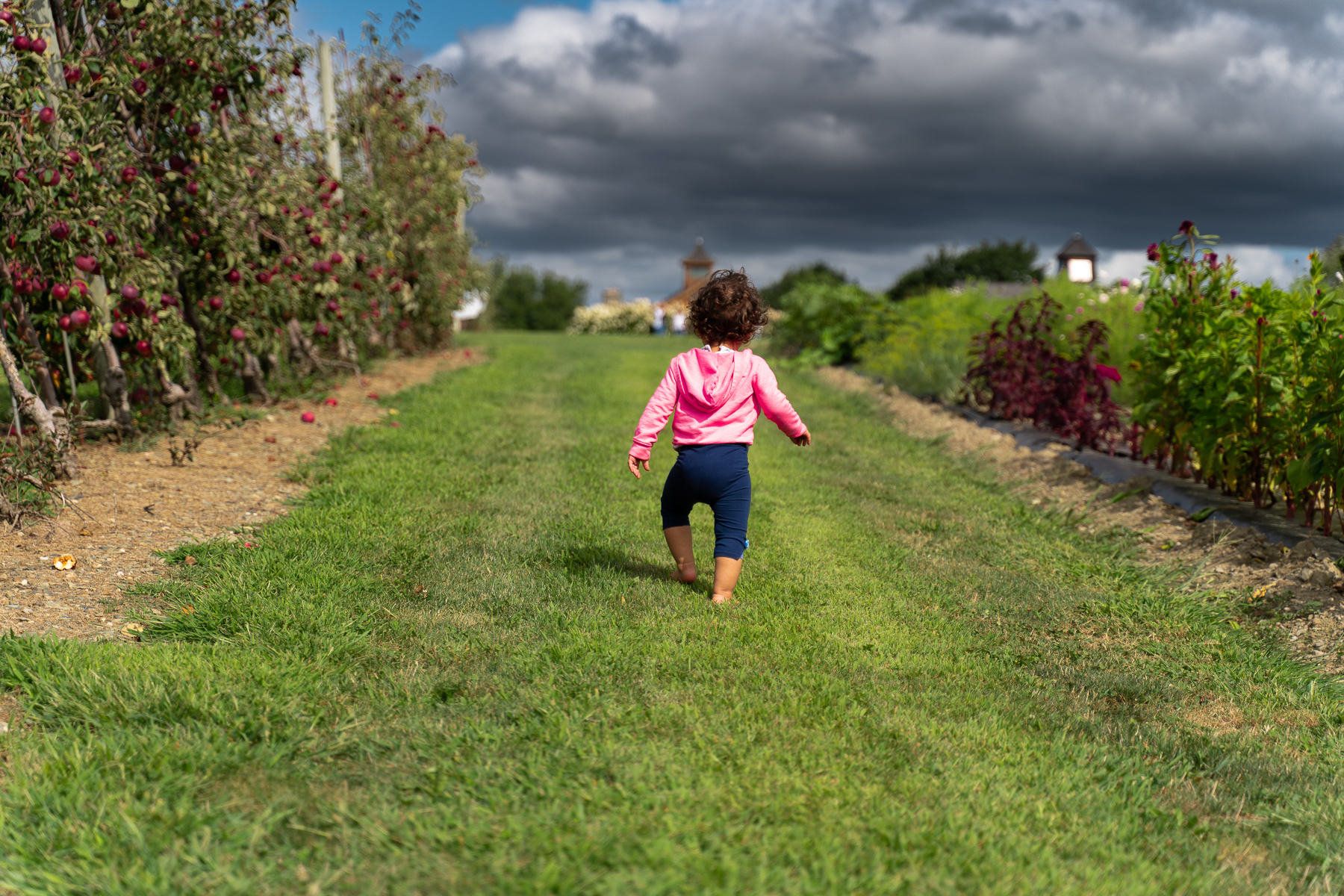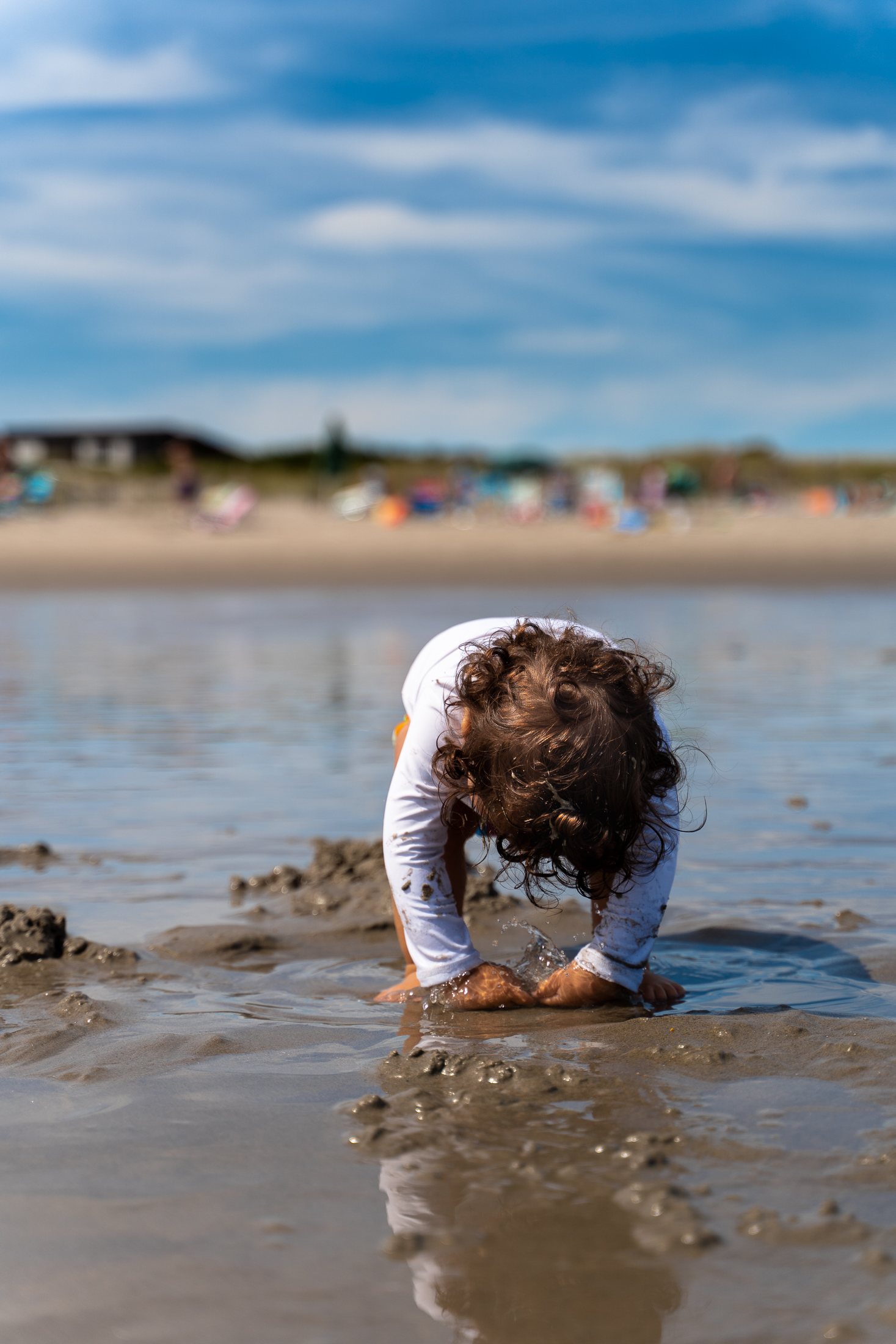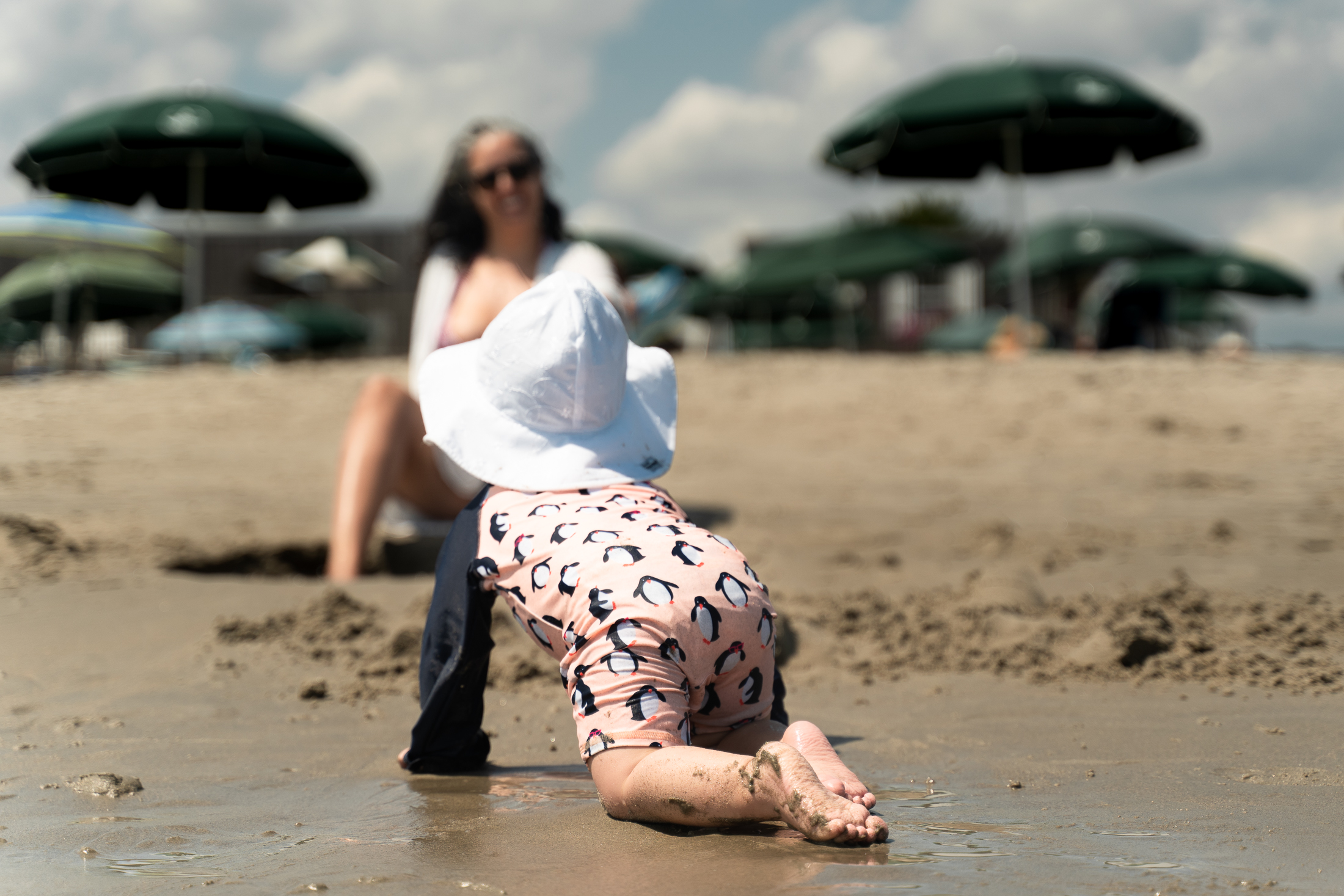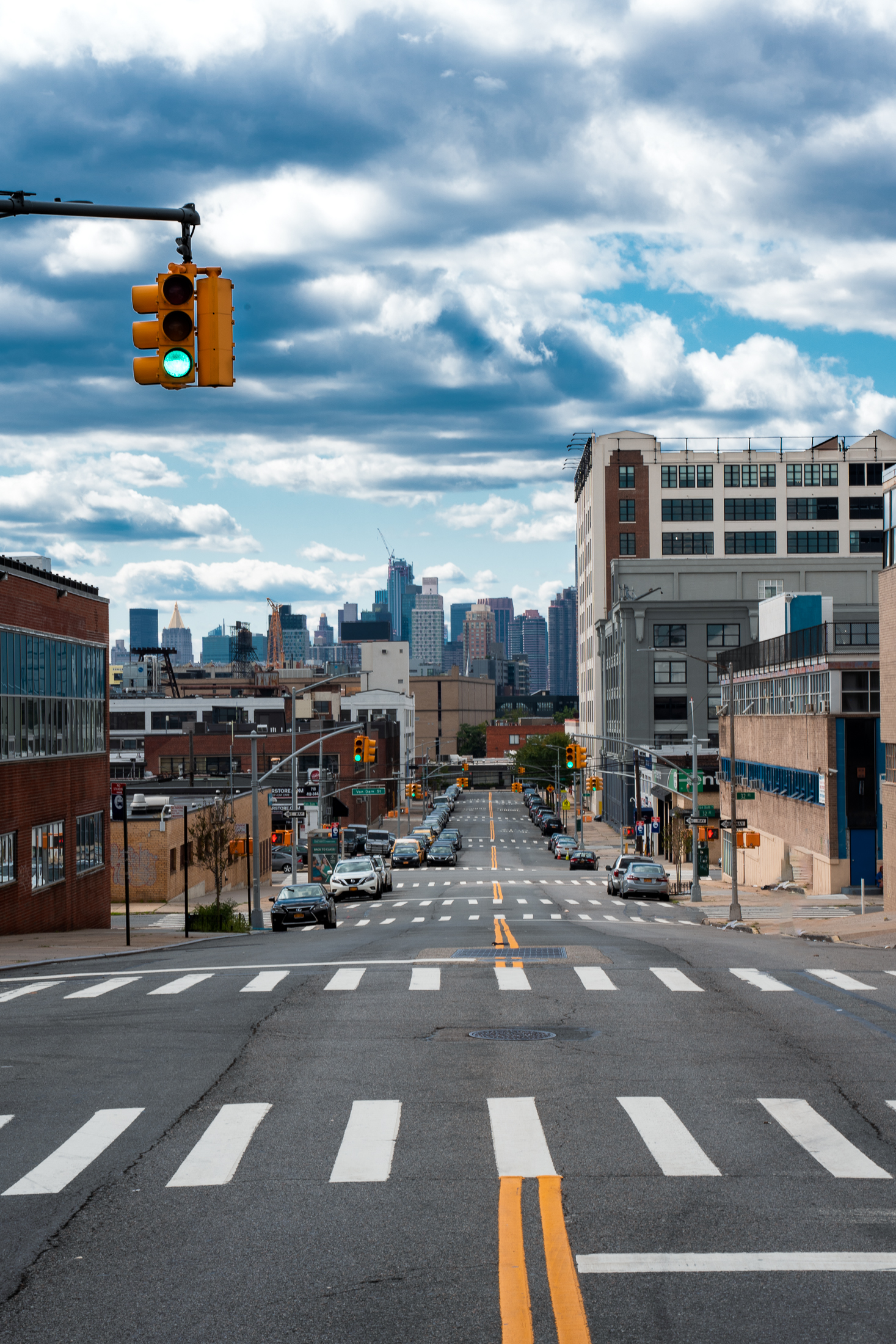My wife, daughter and I spent most of August in Rhode Island for our summer vacation. I grew up there, my parents still live there half the year and my siblings show up with their families each August. It’s become our annual reunion spot.
Some years ago I started collecting everyone’s photos and creating print albums. It’s a fun project. Tedious when dealing with so many images but worthwhile. It also gives me a chance to get out of my architecture and landscape comfort zone and shoot people which I usually don’t do.
I didn’t make a book last year. My daughter was born and I was too busy (read: tired) to do it. Outside of phone pics of my wife and daughter, I didn’t really take any photographs of the rest of my family
This summer was different. I had my brothers and sister, their spouses and kids, and my parents. My daughter’s 13 months old now. She walks. She explores. We introduced her to the beach. She loves sand. She loves the ocean. I have a new camera. I took a lot of photos.
Here’s the thing though. I don’t pose photographs. I shoot candids. My background is in documentary and it’s a style I use when I photograph people. I’m looking to capture a particular look, moment or interaction.
Besides, kids have cameras in their face so often that many come to resent it. You see it in how they make a face or stick out their tongue when you tell them to look your way when trying to take their picture.
Take too many photos of your kids and they rebel. Telling them to stop what they’re doing, smile and say cheese teaches them to hate the camera. It becomes an object that interrupts their fun.
But I learned something when taking all those photos. Kids are really difficult to document. I was trying to shoot my daughter, one cousin her age, another that’s four, and two more that are six and eight. Each, without fail, looked away at just the moment I thought I had the perfect shot. My first rule of photographing kids runs like so: you will not get the shot you think you’ll get.
Yes, I feel the knowing eye-roll of those who photograph children professionally.
Nonetheless, I let my daughter and her cousins do their thing. I try not to interfere or get in the way. I don’t want them noticing me. Which is how it comes about that just when I think I have a perfect shot, their hair falls across their face, or they turn in a different direction or just suddenly shift. Kids at play don’t sit still. They chase any shiny sight or sound that catches their attention.
Obvious, yes, but something I hadn’t taken into account my first day or two out with them.
But then I started to work with it. I worked with their play in all its messy, distracted glory. That’s the capture. That’s the moment. So, for example, after setting myself up at one end of a field at a pick-your-own fruit farm to photograph my daughter walking toward me, it’s the photo where she ran off in the other direction that’s the keeper.

Similarly, I sat along the shore documenting her play and one of my favorite images is the one below. I thought the keeper would be from a split second before when her hands were in the sand and she was looking out toward the ocean. But, no, it’s this one, when she’s digging for imagined treasure.

And finally, similar to the image from the farm, I thought the shot I wanted below would be of my daughter coming toward me from her mother. Nope, the keeper is her going back to her.

This isn’t to say that I now shoot back of heads. It’s more about learning to appreciate – and work with – the story that’s unfolding in the movement and body posture within the shot instead of relying on facial expressions to carry a photo.
There’s a second element to all this: sharing images publicly.
One of the reasons I gravitated toward landscape and architecture photography is because ages ago I decided I’d never post identifiable images of friends to social media without their explicit permission. Since it would be a pain in the ass to ask each time, I started shooting inanimate objects. Streets, for instance.

Now that I have a child, privacy issues are even more pronounced. While I’d like to share something with online friends, I’m not ready to share identifiable photos of my daughter. Those I save for private messaging with close friends and family. Online environments are too much of a creep show to do otherwise.1
Besides, my daughter will navigate online identity someday and she won’t need years of daddy photos influencing who it is she wants to project.
-
I should say that I’m primarily referring to social networks of all types and the misuse of information and data they’ve been involved with over and over again. I haven’t yet decided what I’ll do on this site. back

